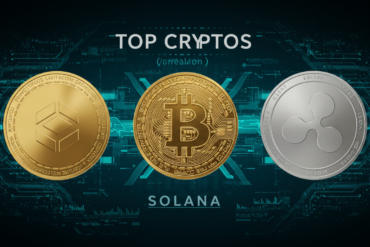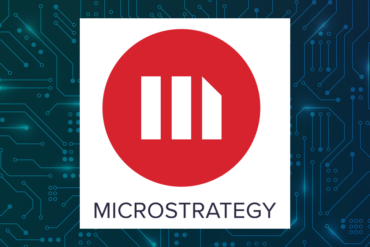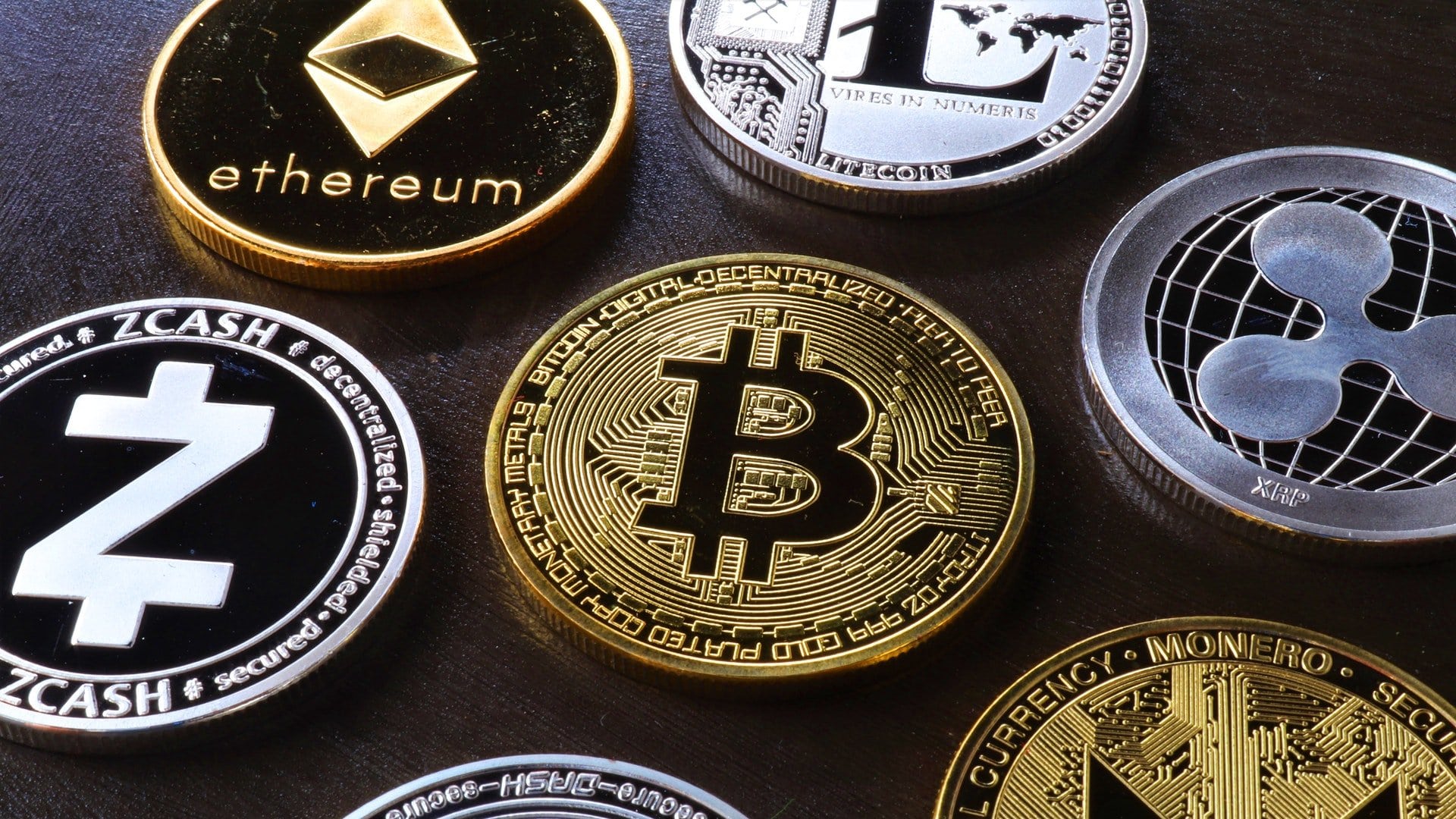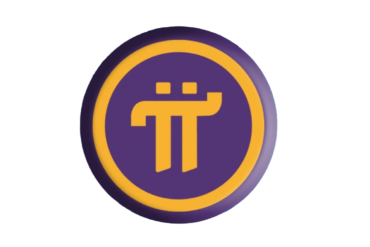Financial market and cryptocurrency trading and investing carry a high degree of risk, and losses can exceed deposits. Ensure you fully understand the risks involved. Any opinions, news, research, analysis, prices, or other information contained on this website is provided as general market commentary and does not constitute investment advice. Risk Disclosure Statement











